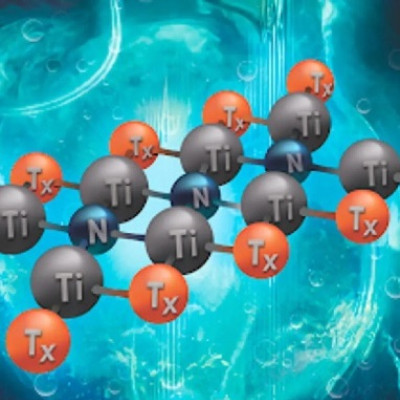The state-of-the-art technology has been developed by Chinese and Australian biomedical scientists to diagnose porcine epidemic diarrhoea virus (PEDV), a disease that has wreaked economic havoc on piggeries in recent years.
Researchers from Yangzhou University and the University of South Australia say the gold nanoparticle probe, designed for use on site, could replace existing PEDV detection techniques that are costly, time consuming and undertaken in laboratories.
PEDV is a devastating disease, causing severe diarrhoea and/or vomiting, dehydration, and high death rates among suckling piglets. Outbreaks in the US in 2014 and in China in 2016-2017 cost local producers millions of dollars, exacerbated by the lack of an effective vaccine and slow diagnosis.
UniSA bioengineer Dr Chih-Tsung Yang, senior author of a recent paper describing the technology, says early diagnosis is critical to preventing future PEDV outbreaks.
“The current gold standard diagnostic test involves extracting samples from pigs and taking them to a lab, which is expensive and tedious, albeit accurate,” Dr Yang says.
“Our method uses a biofunctionalised chip and gold nanorod probe to capture and label PEDV pathogens. Under a dark field microscope, PEDV can be identified by counting software. It can be undertaken on site in rural areas at minimal cost, making it accessible, highly sensitive, and giving results within the hour.
“We envisage this technology will be invaluable for biosecurity systems, helping to limit the spread of the virus in Australia and other countries, ensuring the health of pigs and protecting the industry from economic losses. There are no effective vaccines for PEDV so early diagnosis is crucial.”
The research has been published in the latest issue of Biosensors.
Read the original article on University of South Australia (UniSA).







